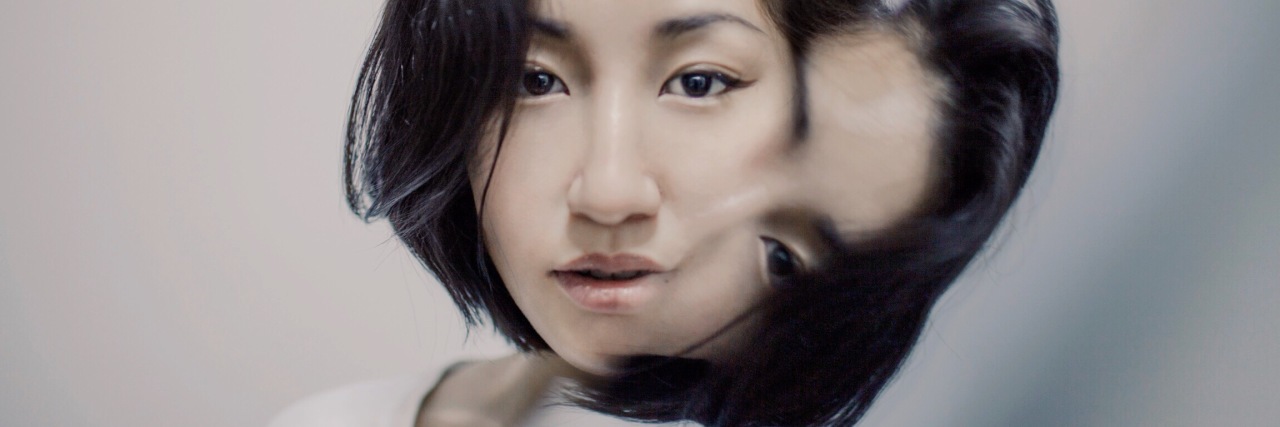How This Dialectical Behavior Therapy Skill Can Help With Strong Emotions
When I was learning dialectical behavior therapy (DBT), one of the most curious skills I learned was something called “opposite action.”
This skill teaches that if, for example, you wake up feeling depressed and want nothing more than to stay in bed and just hibernate, you should do the opposite which is to get up, take a shower and have some breakfast. Why? It may seem counterintuitive, but using opposite action interrupts the chain of feelings and puts something else in their place.
Emotions are generated in a part of the brain called the amygdala. It is a very small but enormously strong powerhouse which is seated deep within the brain. It is almond-shaped and is responsible for churning out all our emotions — love, anger, sexual desire, and, particularly, fear. When you are experiencing a strong emotional reaction to something, it is because your amygdala is firing in rapid succession. Biochemically, we have no control over this process but we do have an ability to modulate the emotional response and change the behavior, which is almost always a gut reaction to the stimulus.
Our brains are programmed to generate a specific action urge when presented with certain stimuli. So, if you are suddenly afraid, your body will stimulate your adrenal gland to get you moving away from whatever it is you are being presented with which is making you afraid. This is called the “fight or flight” response. Your body undergoes a physical reaction: your heart rate increases, your palms may become sweaty, your senses become heightened. This is to prepare your body to either get ready for battle or to run away. This physical reaction is a primal one which can be traced to our earliest ancestors. These physical responses are self-protective and are also instinctive, but this does not mean they can not be sidelined.
There are four steps you must put into place when you are practicing “opposite action.” They are:
1. First identify the emotion. What are you feeling? Anger, sadness, shame?
2. Next, identify the urge you wish to take because of the emotion you are experiencing. Do you want to run away and hide, lash out, or ask for support by calling a friend?
3. Next, identify whether or not the urge fits the facts being presented by the situation, instead of the emotion.
4. If your urges don’t fit the situation, use opposite action to take a different measure and a different approach.
Using opposite action helps people with borderline personality disorder (BPD) because it interrupts the chain of events many take as a knee-jerk response to unpleasant emotions. If you are feeling depressed and you want to just stay in bed and wallow, that behavior actually sets up a loop in your brain and serves to reinforce the feeling of depression and actually make it worse.
For opposite action to work effectively, you must be totally committed to the process — you can’t do it half-heartedly. If you are feeling depressed and you want to stay in bed and just hide, but you decide instead to get up, have a shower and have some breakfast, you must follow through with those behaviors from start to finish. This means you must make a commitment to work on the thoughts that accompany the emotion.
Why does using this skill help? Because it breaks the chain of emotion and gets you outside your feelings. It forces you to make a different choice. I use this skill all the time and doing so has really helped me tremendously.
Photo by Milkwork on Reshot

